Koshihikari rice, renowned for its exceptional taste and texture, has become a staple in many households for its versatile culinary uses. This short-grain variety is prized for its unique stickiness and sweet aroma, making it a favorite for both traditional Asian dishes and innovative recipes worldwide. Selecting the best Koshihikari rice can greatly enhance your cooking experience, which is why we've compiled a list of top brands that excel in quality and flavor. If you're curious to discover which brands made the cut and why they stand out, take a look below.
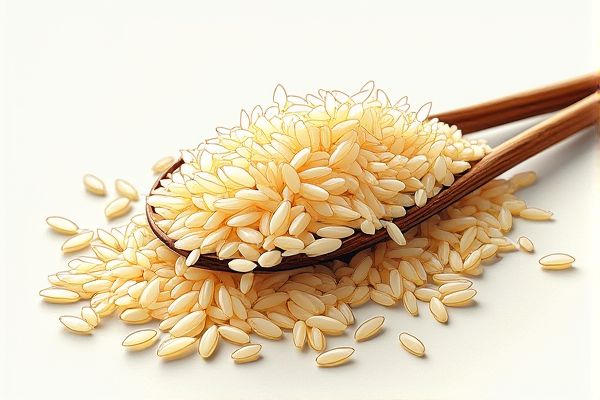
Illustration of koshihikari rice
Best brands of koshihikari rice in 2025
Tamanishiki
Tamanishiki is a super premium short grain rice brand, renowned for its high-quality blend of Koshihikari and Yumegokochi varieties, offering rich flavor and excellent texture. Developed in partnership between JFC and a rice crop specialist, Tamanishiki is grown by the highly praised Montna Farms in California. This brand is widely used in prestigious Japanese restaurants globally, including in the U.S., Europe, Australia, and Asia. Tamanishiki rice maintains a standard comparable to the best Japan-grown Koshihikari, making it a preferred choice for sushi and other Japanese cuisine. Its popularity is evident in its widespread use and positive reviews from culinary experts. For more information, visit the official Tamanishiki rice page.
Shirakiku
Shirakiku is renowned as one of the top producers of Koshihikari rice, a variety that has dominated Japan's rice market since 1978, accounting for 30% of the country's rice production for human consumption from 1996 to 2019. Koshihikari, known for its soft, chewy, and extremely sticky texture, is a crossbred variety developed in 1956 by combining strains Nourin No. 1 and Nourin No. 22. Shirakiku's Koshihikari rice is particularly prized for its high quality, especially when harvested in regions like Niigata, where it is often considered the most expensive rice in Japan. The brand's commitment to maintaining the traditional methods of Japanese rice cultivation ensures the rice retains its superior flavor and texture. With Koshihikari being grown in over 535,000 hectares across Japan as of 2016, Shirakiku's production is a significant part of this landscape.
Kokuho Rose
Kokuho Rose, developed exclusively by Koda Farms in the late 1950s, is renowned for its superior table quality and is often considered one of the best producers of premium medium-grain rice, though it is not a Koshihikari variety. It scores 84 on the Japanese rice quality scale, significantly higher than most Calrose varieties which score around 70. Known for its slightly nutty flavor and sweet aftertaste, Kokuho Rose is meticulously bred and requires careful tending due to its tall stature and longer maturation period. The rice is gluten-free, contains no allergens, and has a moisture content of 12.5% before harvesting. Koda Farms has also expanded to include organic farming practices, with 400 certified organic acres and 350 in transition. For more details, visit the Kokuho Rose page on Koda Farms' website.
Nishiki
Nishiki is a highly regarded brand for producing high-quality Koshihikari rice, particularly in the United States. Grown under the supervision of JFC in California, Nishiki rice is known for its strong stickiness and flavor profile, similar to Japan-grown Koshihikari, making it a favorite among sushi restaurants and home cooks alike. Since 1978, Koshihikari has been the top staple rice in Japan, accounting for 30% of rice for human consumption from 1996 through 2019. Nishiki rice, as a hybrid of Koshihikari and other varieties, offers a premium quality that is often compared to the best Japanese rice brands. It is available in both white and brown varieties, catering to various culinary needs.
Tamaki Gold
Tamaki Gold is renowned as one of the best producers of Koshihikari rice, with its California-grown variety rivaling the quality of those cultivated in Japan. It has been evaluated by the Japanese Association of Rice Taste Appraisers and ranked among the top Koshihikari grown in Japan. This premium short-grain rice is known for its moist kernel, perfect stickiness, and ability to retain flavor and firmness over time. Tamaki Gold is produced using traditional farming principles combined with modern milling technology, ensuring consistent quality and superior taste. Since its inception, Tamaki Rice Corporation has maintained rigorous standards, making it a leader in the industry for over 20 years. For more information, visit Tamaki Rice Corporation's website.
Lundberg
Lundberg, a renowned brand in the rice industry, is highly regarded for its high-quality Koshihikari rice production. Koshihikari, known for its superior taste and texture, has been a staple in Japanese cuisine since 1978, and Lundberg ensures it meets these standards. Although Koshihikari's dominance in Japan has slightly declined since 2005, it still accounts for a significant portion of the market. Lundberg's commitment to sustainable farming practices and strict quality control makes it a trusted name among rice enthusiasts. With over 80 years of experience, Lundberg continues to deliver premium Koshihikari rice that aligns with the traditional Japanese expectations.
California Premium
California Premium brands, such as those from Chico Rice and Tamaki Rice Corporation, are renowned for producing high-quality Koshihikari rice. These brands specialize in temperate japonica varieties, which are well-suited for the cooler climates of California, particularly in the Sacramento Valley where 95% of the state's rice crop is grown. Koshihikari rice from these brands is celebrated for its sticky, moist texture and sweet flavor, making it ideal for sushi and other Japanese dishes. In 2009/10, California's rice exports accounted for 11% of world trade, highlighting the state's significant contribution to global rice markets. The premium quality of these California-grown Koshihikari varieties is evident in their high yields, with average yields exceeding four tons of rice per acre. For more information, visit Chico Rice's Calhikari Milled California Japonica.
Hakubai
Hakubai is a renowned brand for producing high-quality Koshihikari rice, a variety that has dominated Japan's rice market since 1978, accounting for 30% of the country's rice production from 1996 to 2019. Koshihikari, created in 1956 by combining strains Nourin No. 1 and Nourin No. 22, is prized for its delicious taste and sticky texture, making it ideal for sushi and other Japanese dishes. Hakubai's Koshihikari rice, particularly from the Uonuma area of Niigata Prefecture, is often considered the most expensive and premium in Japan. The brand's commitment to quality and the use of advanced cultivation techniques, such as those seen in Niigata Prefecture's blast-resistant Koshihikari BL varieties, ensure a consistent and superior product. As of 2008, Koshihikari BL accounted for 97% of Koshihikari production in Niigata Prefecture.
Homai
Koshihikari, Japan's leading rice variety, is predominantly produced in regions like Niigata, Ibaraki, and Tochigi. As of the 2022 harvest, Koshihikari accounts for 33.4% of non-glutinous rice cultivation in Japan. This variety, created in 1956, is renowned for its well-balanced taste and sticky texture. Uonuma-grown Koshihikari from Niigata is particularly acclaimed for its quality. The cultivation of Koshihikari has been a cornerstone of Japanese rice production for over 35 years. For more insights, explore Japanese rice brands.
Sukoyaka
Sukoyaka is not specifically mentioned as a brand in the provided sources, but it can be inferred that top producers of Koshihikari rice, such as those in Niigata, Ibaraki, Akita, Miyagi, and Fukushima, are among the best. Koshihikari rice, a staple in Japanese cuisine since 1978, accounted for 30% of rice for human consumption in Japan from 1996 through 2019. These regions, particularly Niigata with 40 varieties, are known for their high-quality rice production. The dominance of Koshihikari has been slowly declining since 2005, but it remains a significant variety. Regional branding, such as "X-region-produced Koshihikari," has become more prominent, with 893 nonglutinous rice brands in 2021. More details about Koshihikari rice production can be explored through this source.



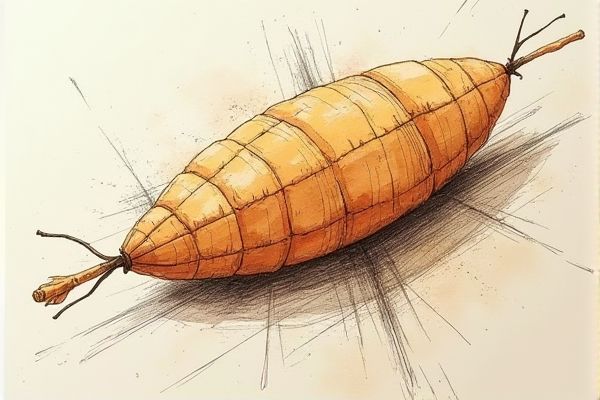






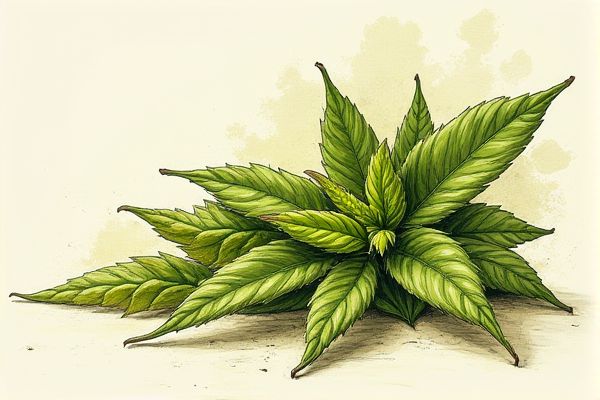
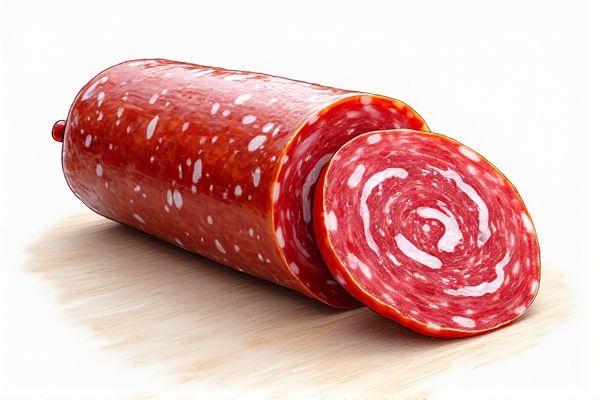
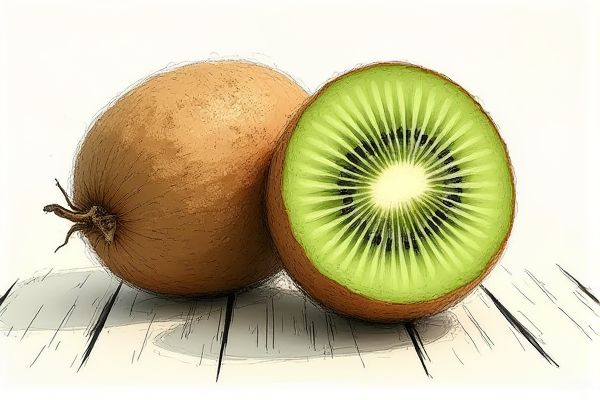



Leave a Reply
Your email address will not be published.